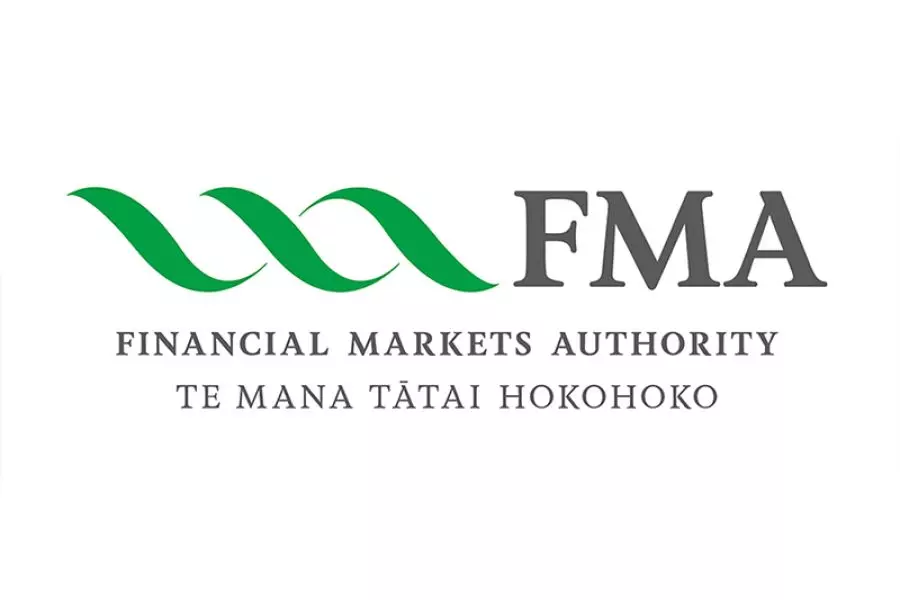News
Christchurch: Before and After

Tuesday 2nd of December 2014
It’s a tale of two cities – pre-quake Christchurch and post-quake Christchurch. And nowhere is that more apparent than in the housing market. What was once a normal property market with smooth transitions in price as you travel further from the centre has become a market defined by levels of damage and technical categories.
With the central city and eastern suburbs worst-hit...
Want to read the full article?
Click the button below to subscribe and will have unlimited access to full article and all other articles on the site.
8 min read
10 min read









![[The Wrap] Bye Bye Bayly](https://goodreturns.publit.io/file/c_fill,w_900,h_600/39f23ac1-f7c7-4854-b700-a150004ebbac.webp)